Welding aluminum requires specific techniques and equipment due to its unique properties, such as high thermal conductivity and low melting point.
How to Welding Aluminum
Here’s a basic guide on how to welding aluminum using the TIG (Tungsten Inert Gas) welding method:
Materials and Equipment:
- Aluminum filler rods (compatible with the alloy you’re welding)
- TIG welding machine with appropriate settings for aluminum
- Tungsten electrode (thoriated or lanthanated) suitable for aluminum
- Argon gas for shielding
- Welding gloves, helmet with appropriate shade, and other safety gear
- Wire brush and stainless steel wire wool for cleaning
Steps:
- Preparation:Clean the aluminum surfaces thoroughly. Aluminum quickly forms an oxide layer that can inhibit proper welding. Use a stainless steel wire brush or wire wool to remove this oxide layer.Set up your welding area with proper ventilation and safety equipment.
- Choosing the Right Tungsten Electrode:Use a tungsten electrode that is specifically designed for aluminum welding. Thoriated or lanthanated electrodes are commonly used for this purpose.
- Setting Up the TIG Welder:Set your TIG welding machine to the appropriate settings for aluminum. This includes adjusting the amperage, balance control, and pulse settings.
- Inserting the Tungsten Electrode:Insert the chosen tungsten electrode into the TIG torch and secure it properly.
- Shielding Gas:Connect a pure argon gas cylinder to the TIG welding machine. Argon is used as a shielding gas to protect the molten weld pool from atmospheric contamination.
- Starting the Arc:Position the TIG torch over the joint you want to weld.Initiate the arc by lightly tapping the tungsten electrode on the workpiece, then quickly lifting it to create a stable arc.
- Welding Technique:Maintain a consistent and steady arc length, usually around 1/8 inch (3 mm) from the workpiece.Feed the aluminum filler rod into the weld pool at a slight angle. This helps to ensure proper fusion and prevent excess heat buildup.Use a slight weaving motion while moving the torch along the joint to create a uniform weld bead.
- Cooling:Allow the welded area to cool slowly to avoid cracking. You can use a clean welding blanket or cover the welded area with a layer of aluminum scrap to slow down the cooling process.
- Clean the Weld:After the weld has cooled down, use a wire brush or wire wool to clean off any post-weld residue.
Remember that aluminum welding can be challenging due to its high heat conductivity and susceptibility to distortion. Practice is crucial for achieving good results. If you’re new to welding, consider seeking guidance from experienced welders or taking welding classes to improve your skills.

Professional Aluminum Welding Service In China
At Be-Cu Prototype, we are proud to unveil our specialized aluminum welding services that stand as a testament to our commitment to precision, quality, and innovation.
With years of expertise in the field, we bring forth a level of craftsmanship that transforms aluminum into art through the seamless fusion of metal.
Expertise that Matters:
Our team of highly skilled welders possesses a deep understanding of the nuances of aluminum welding. From intricate designs to complex structural projects, we wield our expertise to deliver welds that not only meet but exceed industry standards. With a focus on preserving the integrity of the metal, our welds are not just connections; they’re a testament to our passion for perfection.
Cutting-Edge Technology:
We believe that mastering aluminum welding requires more than just skill—it requires the right tools. Equipped with state-of-the-art TIG welding machines, specialized tungsten electrodes, and a meticulous selection of filler materials, we ensure that every weld is executed with precision, finesse, and utmost care.
Versatility Redefined:
Whether it’s aerospace components, automotive parts, marine structures, or architectural elements, our aluminum welding services cover a broad spectrum of industries. We pride ourselves on adapting to the unique demands of each project, providing tailor-made solutions that align with your specific needs.
Quality Uncompromised:
Quality is the cornerstone of our aluminum welding services. Rigorous inspections and testing protocols are embedded into every step of our process, ensuring that each weld is flawless and built to last. Our commitment to excellence extends beyond aesthetics, encompassing the strength, durability, and reliability of every weld we create.
Collaboration and Communication:
At Be-Cu Prototype, we view our clients as partners in our journey. We engage in open communication, working closely with you to understand your vision, requirements, and expectations. This collaborative approach ensures that every weld we produce is a realization of your aspirations.
Building Tomorrow, Weld by Weld:
As we introduce our aluminum welding services, we invite you to join us in crafting a future where metal isn’t just joined—it’s united with precision, care, and dedication. Together, we’ll forge connections that not only hold structures together but stand as a testament to the art of metal fusion.
Discover the difference of Be-Cu Prototype aluminum welding services. Let’s build, let’s innovate, and let’s elevate the world of metalwork—weld by weld.
Contact us today to learn more about how we can transform your aluminum welding projects into masterpieces of craftsmanship and engineering.
Is Aluminum Hard to Weld?
Yes, aluminum can be considered more challenging to weld compared to other metals like steel sheet metal fabrication due to its unique properties. However, with the right techniques and equipment, skilled welders can achieve high-quality aluminum welds.
Here are some reasons why aluminum can be considered more difficult to weld:
- Thermal Conductivity: Aluminum has a high thermal conductivity, which means it quickly dissipates heat. This can make it challenging to maintain a stable welding arc and control the heat input during the welding process and aluminum sheet metal manufacturing.
- Oxide Layer: Aluminum readily forms an oxide layer on its surface when exposed to air. This oxide layer must be removed before welding to ensure proper fusion. Special cleaning techniques are required to prevent contamination and ensure a strong weld.
- Low Melting Point: Aluminum has a lower melting point compared to other metals like steel. This can make it susceptible to distortion and warping during welding, especially if too much heat is applied.
- Hot Cracking: Aluminum is prone to hot cracking, especially in certain alloy compositions. This occurs due to the rapid solidification of the weld and the presence of impurities. Proper filler material and welding techniques are crucial to minimize this issue.
- Dissimilar Metal Welding: Welding aluminum to other metals can be challenging due to the differences in melting points and thermal expansion rates. Special techniques are often required for successful dissimilar metal welding.
Despite these challenges, modern welding techniques, equipment, and proper training have made aluminum welding more accessible. TIG welding is commonly used for aluminum due to its precise control over heat input and the ability to create high-quality welds. With practice, experience, and adherence to proper procedures, welders can achieve successful aluminum welds for a wide range of applications.
What Aluminum Can’t Be Welded? – Unweldable Aluminum Alloys
While many aluminum alloys can be successfully welded using appropriate techniques, there are certain aluminum alloys that are considered more challenging or “unweldable” due to their composition and properties. These alloys may exhibit issues such as cracking, poor weld quality, or other difficulties during the welding process. Some of the alloys that are often considered more difficult to weld include:
- 2000 Series Aluminum Alloys: Alloys in the 2000 series, like 2024 and 2017, contain significant amounts of copper. These alloys can be prone to hot cracking and require specialized techniques and filler materials to achieve good welds.
- 7000 Series Aluminum Alloys: Alloys in the 7000 series, such as 7075, are known for their high strength and toughness. However, they are susceptible to stress corrosion cracking, which can be exacerbated by the heat input during welding. Welding 7000 series alloys can be challenging due to their sensitivity to cracking.
- Certain Cast Aluminum Alloys: Cast aluminum alloys can have impurities and inclusions that affect their weldability. The presence of porosity, inclusions, and variations in composition can lead to weak welds and difficulty in achieving consistent weld quality.
- High-Magnesium Alloys: Some aluminum alloys with high magnesium content, such as AZ31 ,AZ61a and az61m, can be challenging to weld due to their susceptibility to cracking and porosity formation.
- Heat-Treatable Alloys: Heat-treatable aluminum alloys, which can gain strength through heat treatment, can experience changes in their mechanical properties near the weld area due to the heat input during welding. This can affect the overall performance of the welded structure.
It’s important to note that advancements in welding techniques, filler materials, and equipment have improved the weldability of many previously difficult-to-weld aluminum alloys. In some cases, specialized processes like friction stir welding or laser welding can be used to overcome the challenges associated with certain alloys.
When dealing with aluminum alloys that are considered challenging to weld, it’s advisable to consult with experts in aluminum welding, follow recommended procedures, and conduct thorough testing to ensure the desired weld quality and performance.
The Detail Of BE-CU Sheet Metal Company
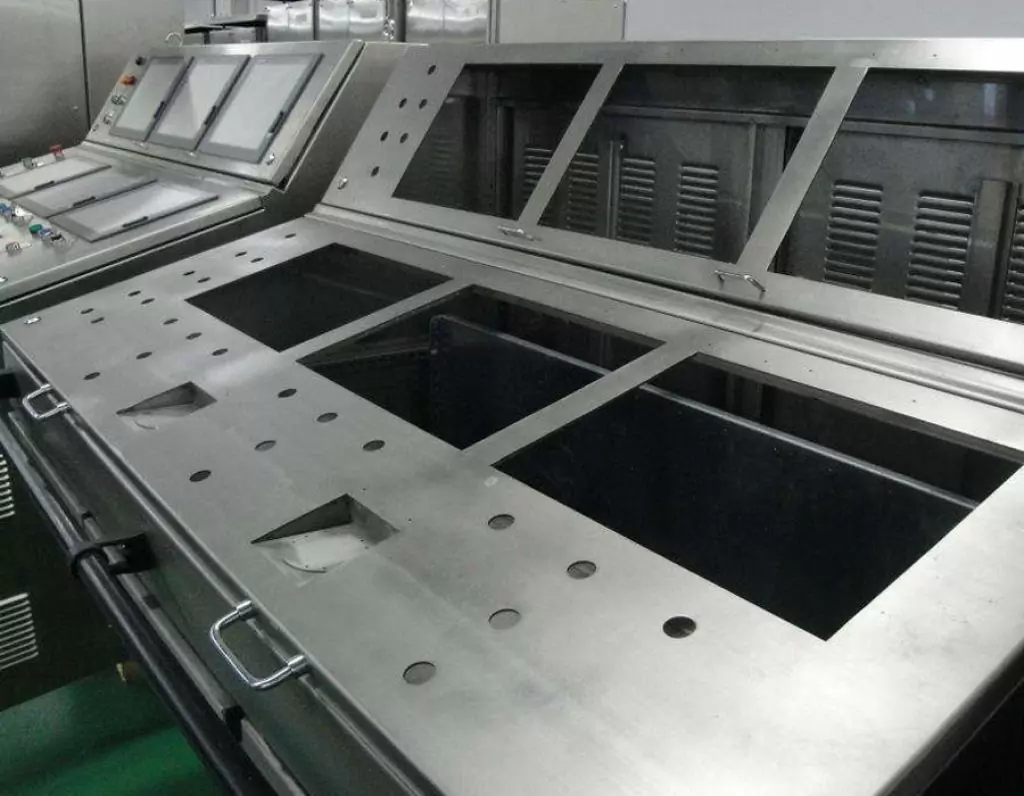
BE-CU is a professional and technical enterprise engaged in sheet metal fabrication, with over 2000 m2 sheet metal workshop and has one-stop service of industrial automation R&D, production, processing and sales.Custom manufacturer of sheet metal component assemblies made from stainless steel, aluminum and carbon steel. Offered in different specifications and features.Markets served include aerospace, lighting, medical, defense, semiconductor/electronics, capacitor, chemical processing and energy.Capable of maintaining dimensional tolerance up to +/-0.005 in. Capabilities include contract manufacturing, fabrication, machining, bending, milling, cutting, forming, drilling, fitting, assembly, notching, punching, rolling, turning, CNC press braking, flame and high definition plasma cutting, saw cutting, shearing, prototyping, high volume, short run and long run production and MIG, TIG and arc welding. Secondary services include Blanchard grinding, galvanizing and painting.
-
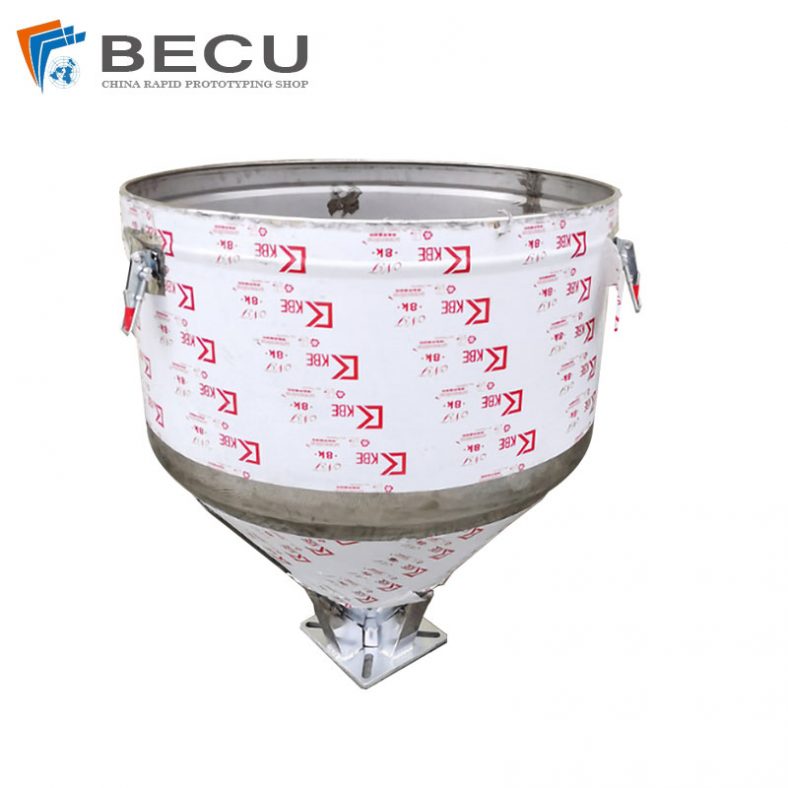
Sheet Metal Fabrication Injection Molding Machine Hopper
-
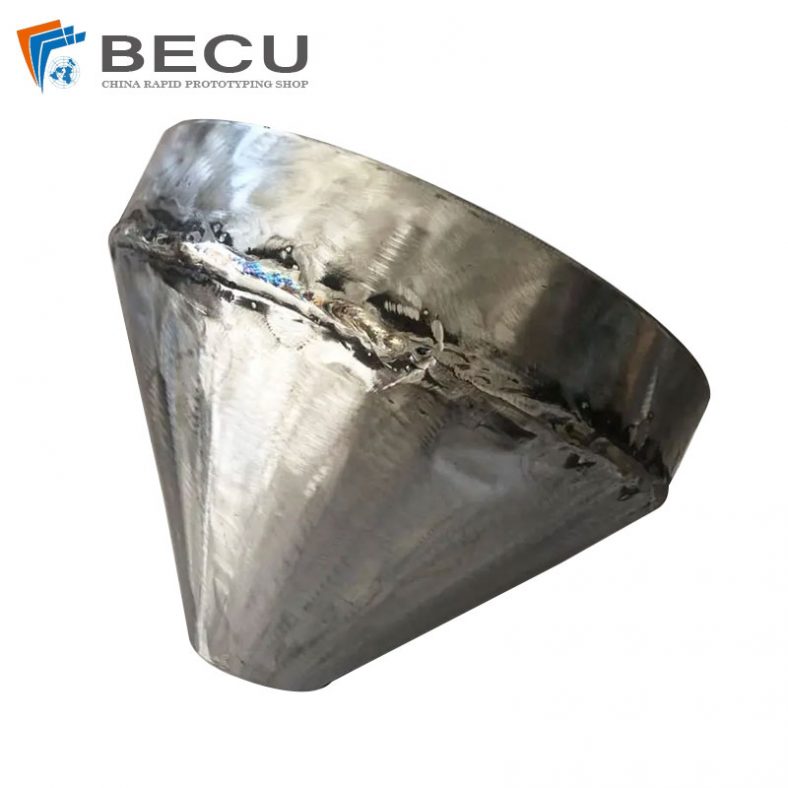
Sheet Metal Fabrication Funnel For Agricultural Machinery
-
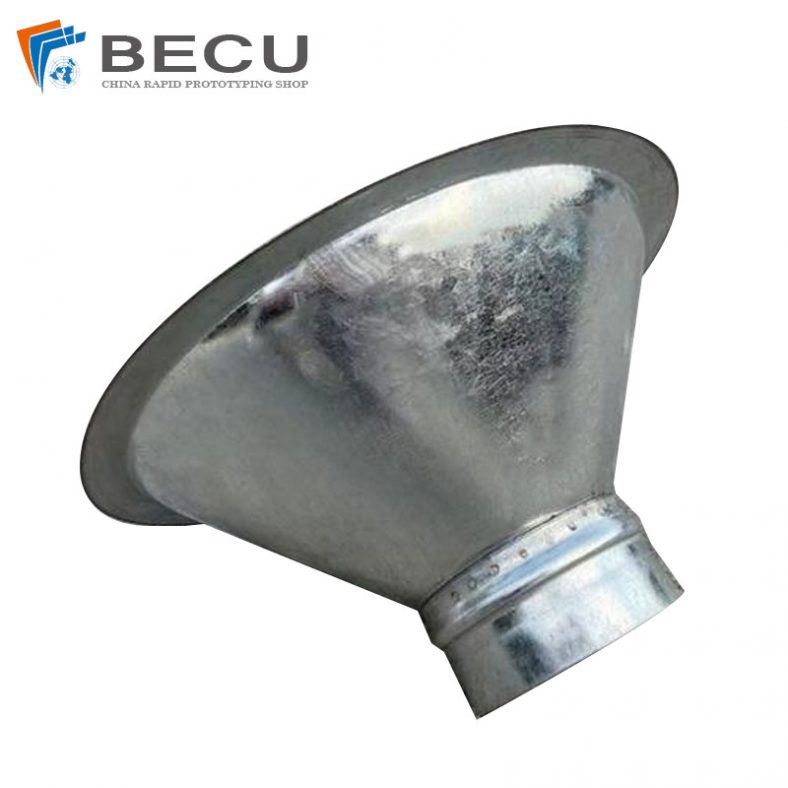
Sheet Metal Fabrication Galvanized Spiral Air Duct
-

PCS Fan Ductwork Sheet Metal Housing
-
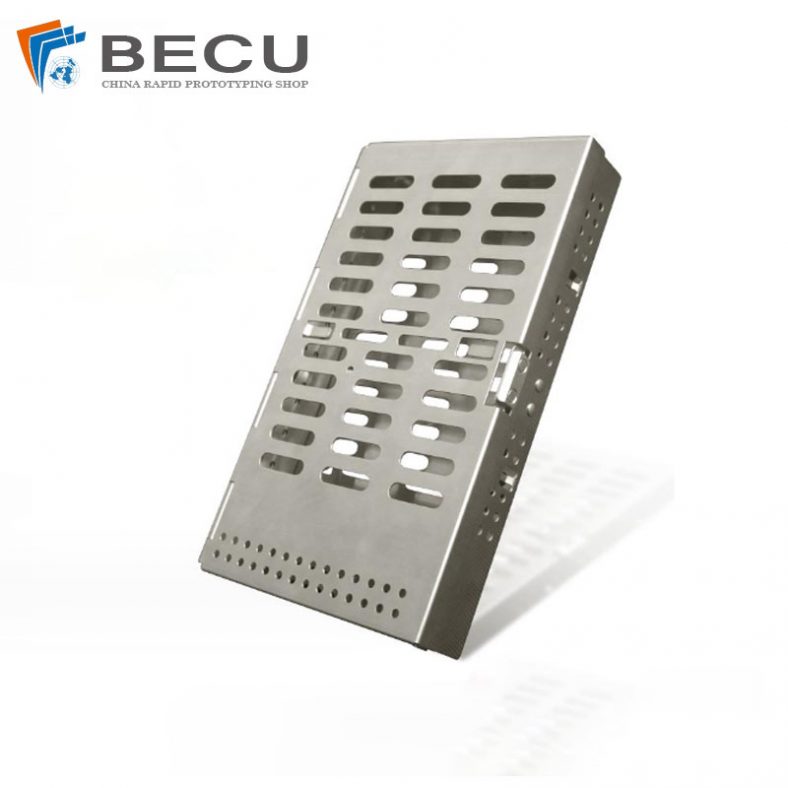
Custom Sheet Metal Surgical Instrument Sterilization Box For Beauty Salon
-

Precision Fabrication Green Energy EV Charging Station Cabinet
-

TA1TA2 Alloy Sheet Metal Manufacturing Machinery Support Parts
-

Sheet Metal Fabrication Aluminum 5052 Medical Box For Fire Fighting
